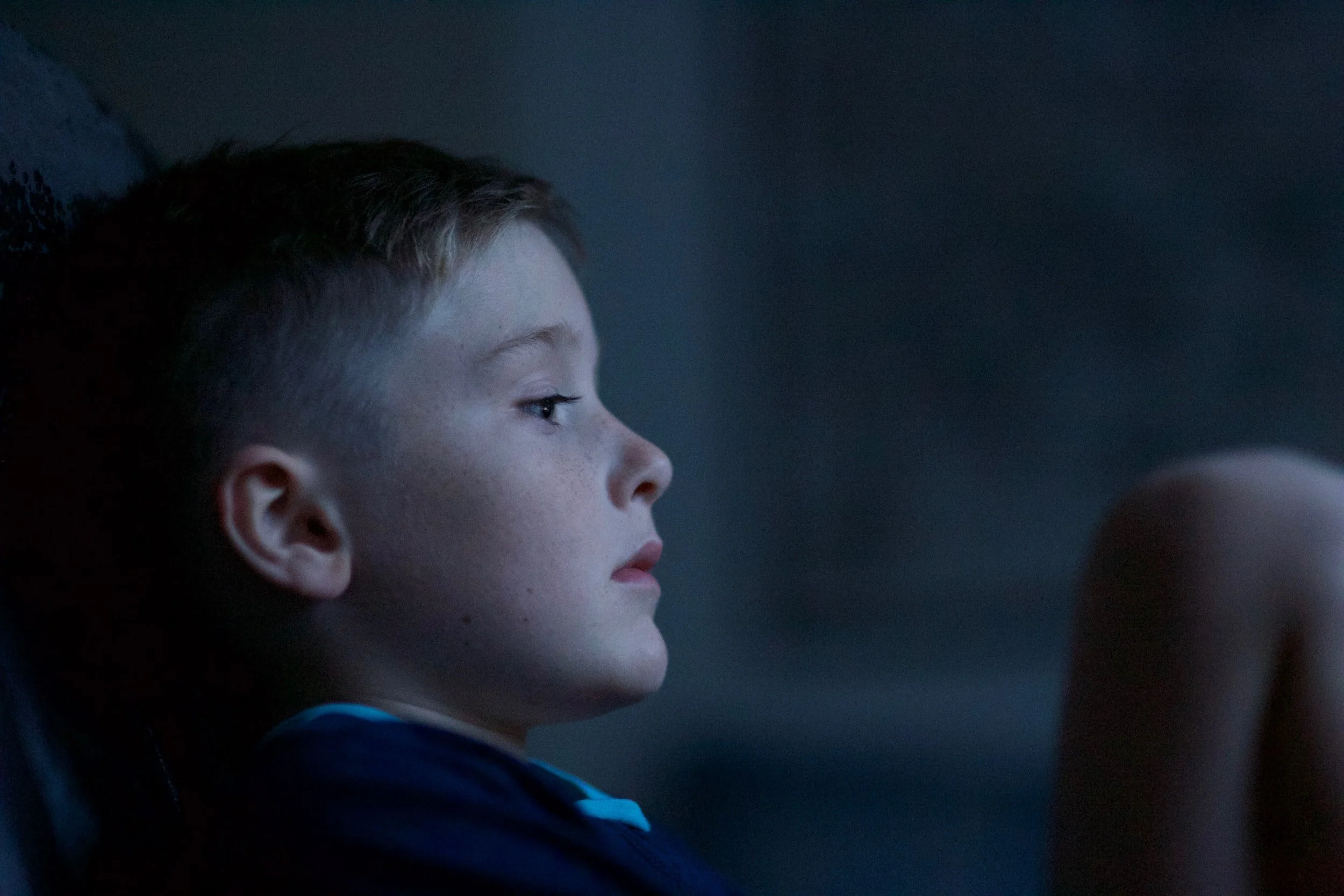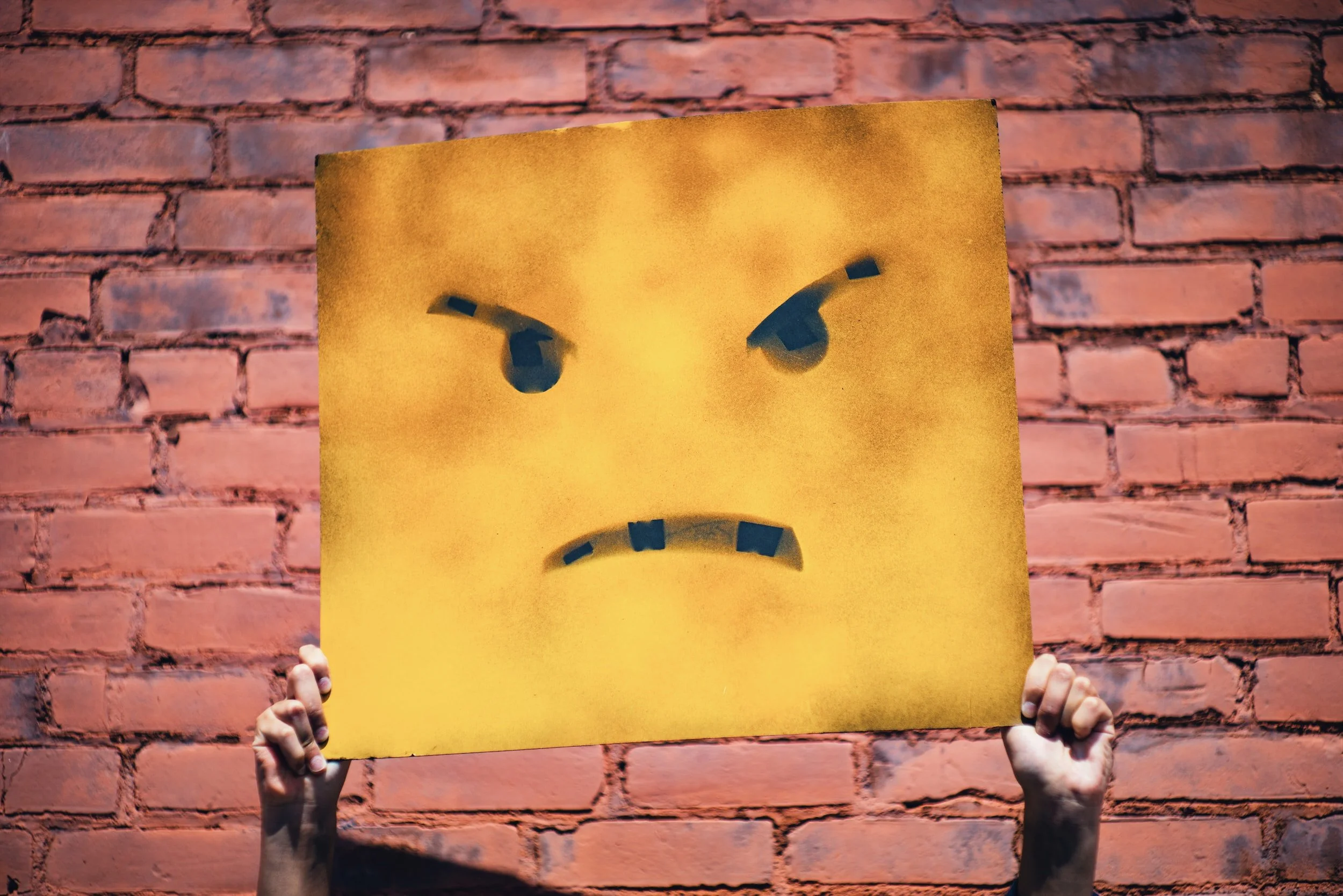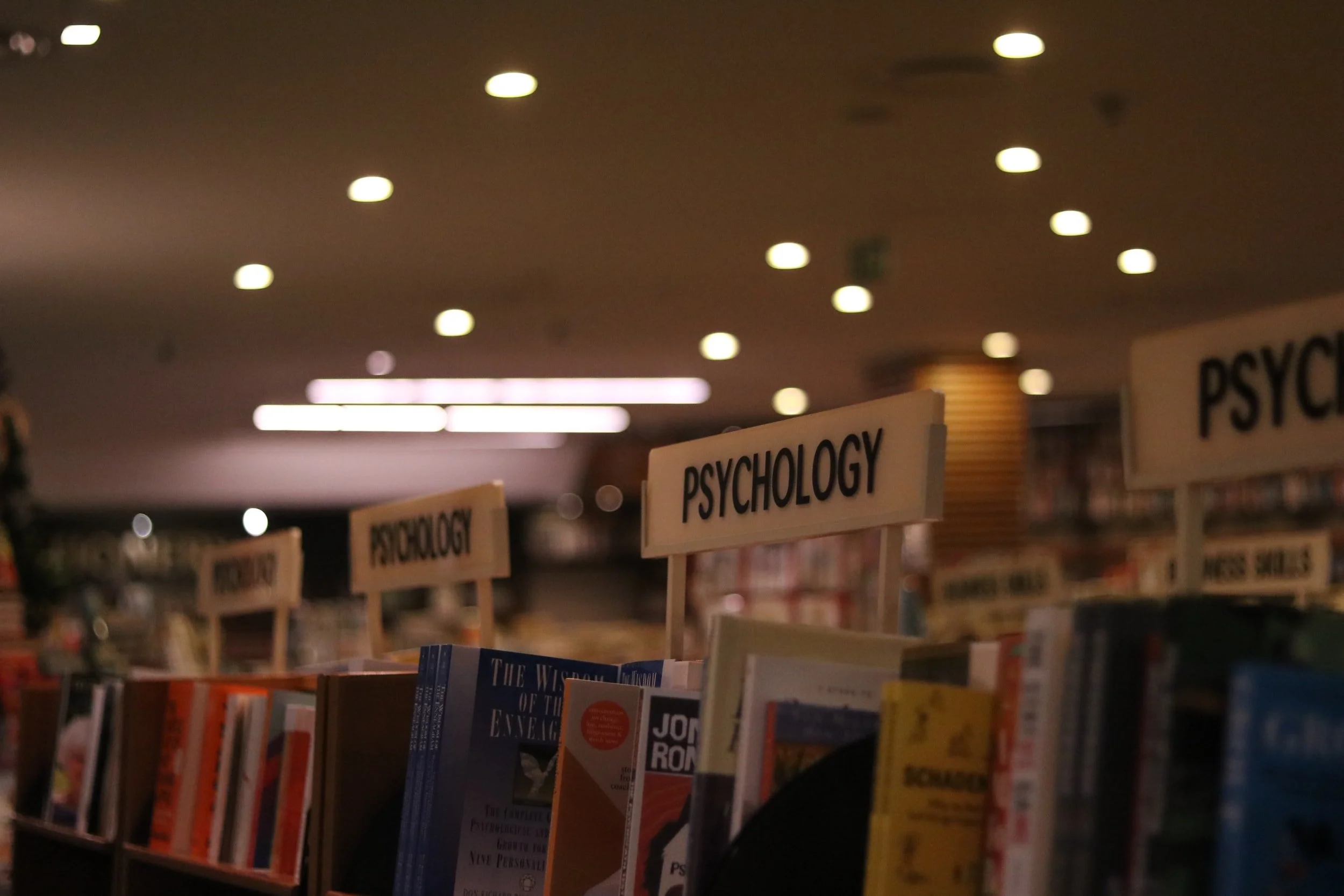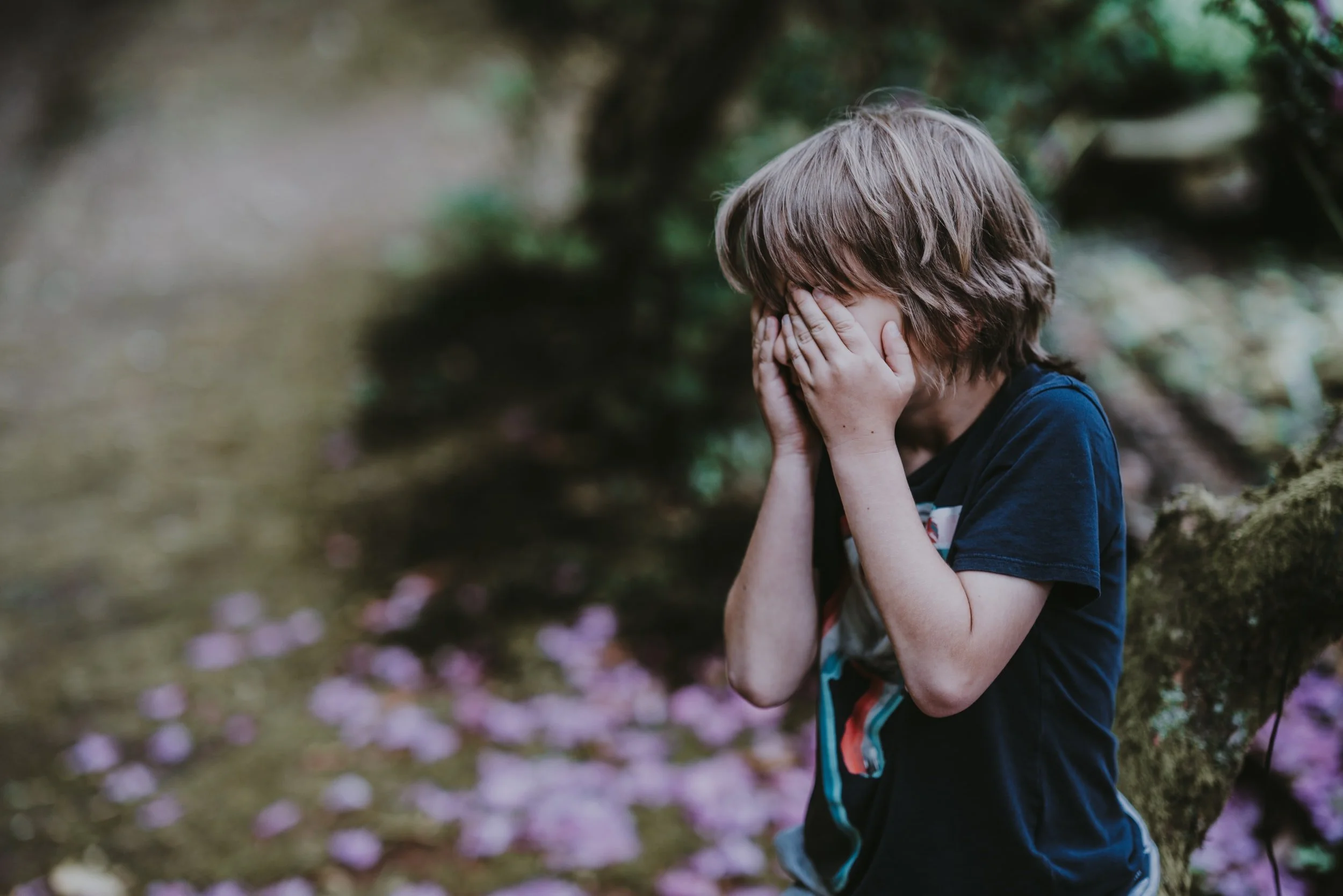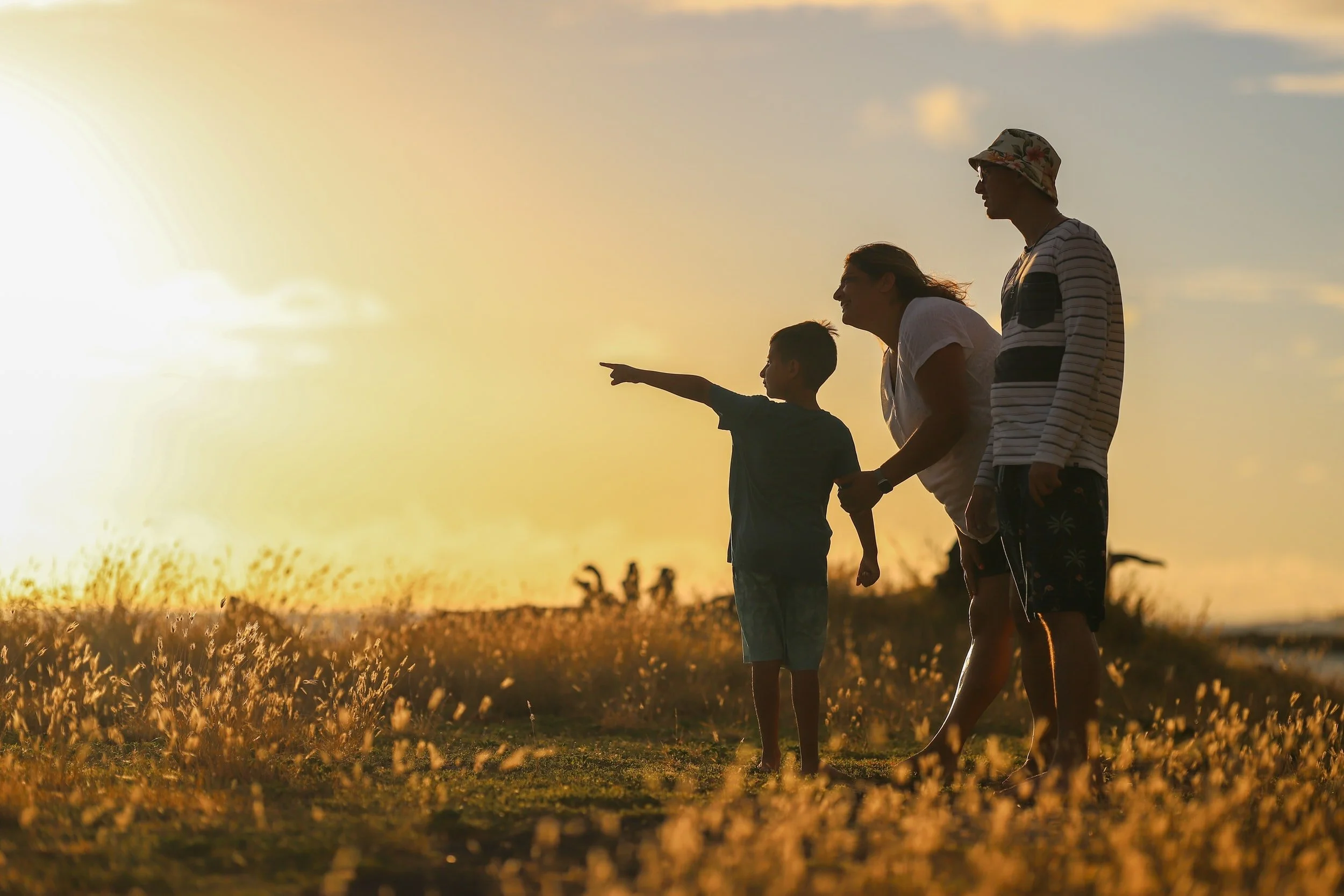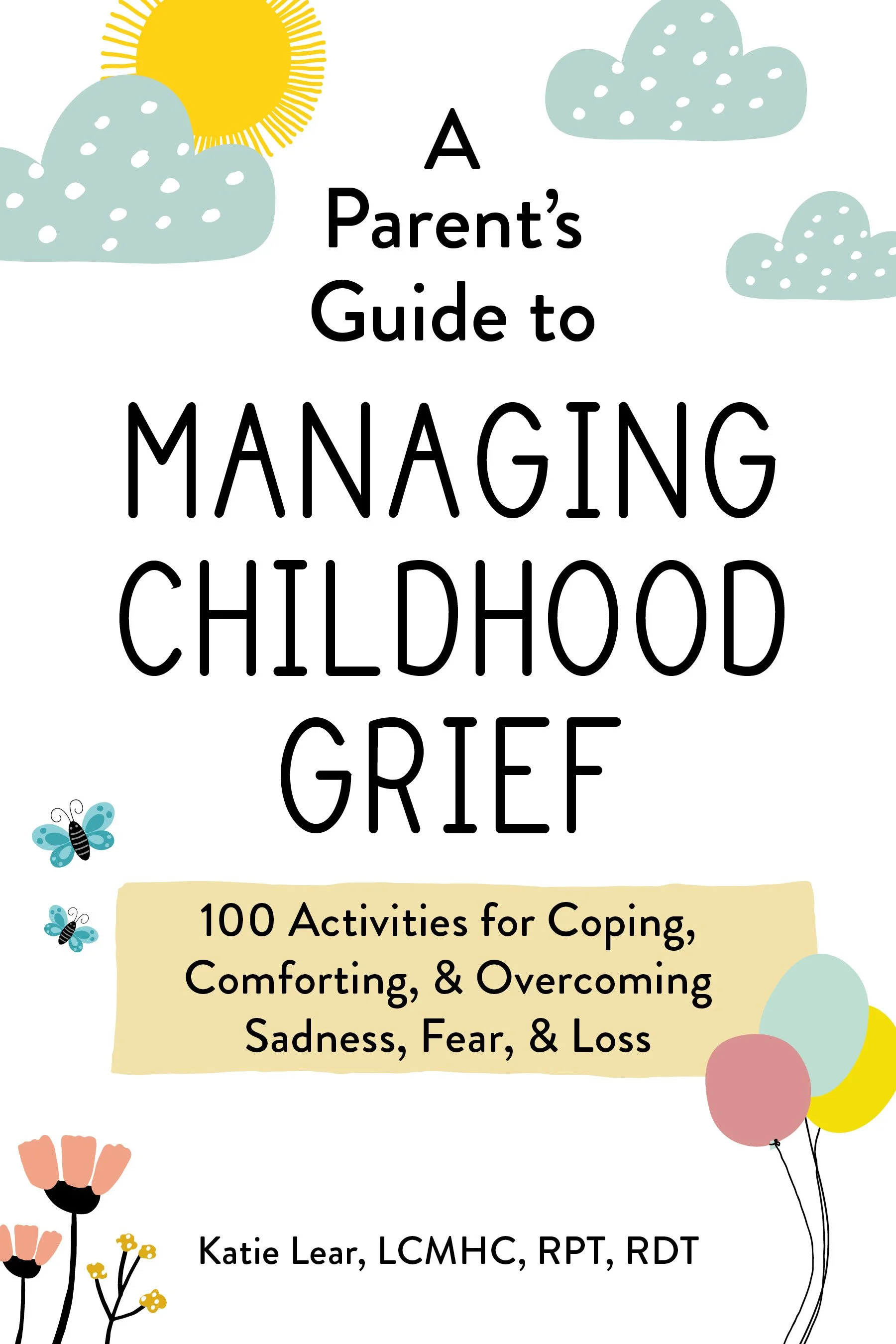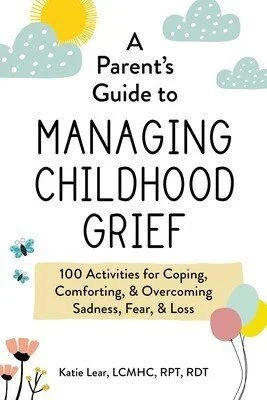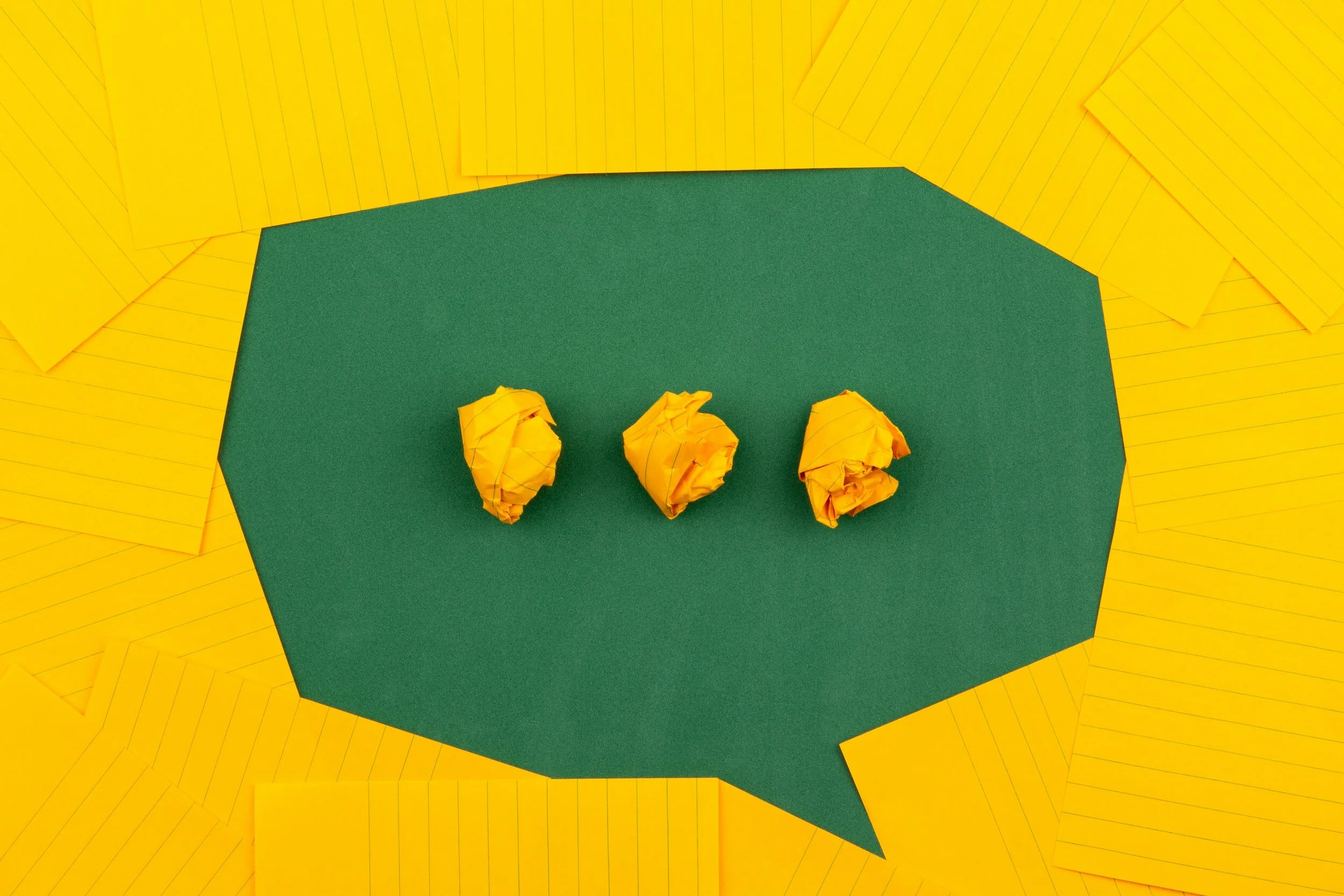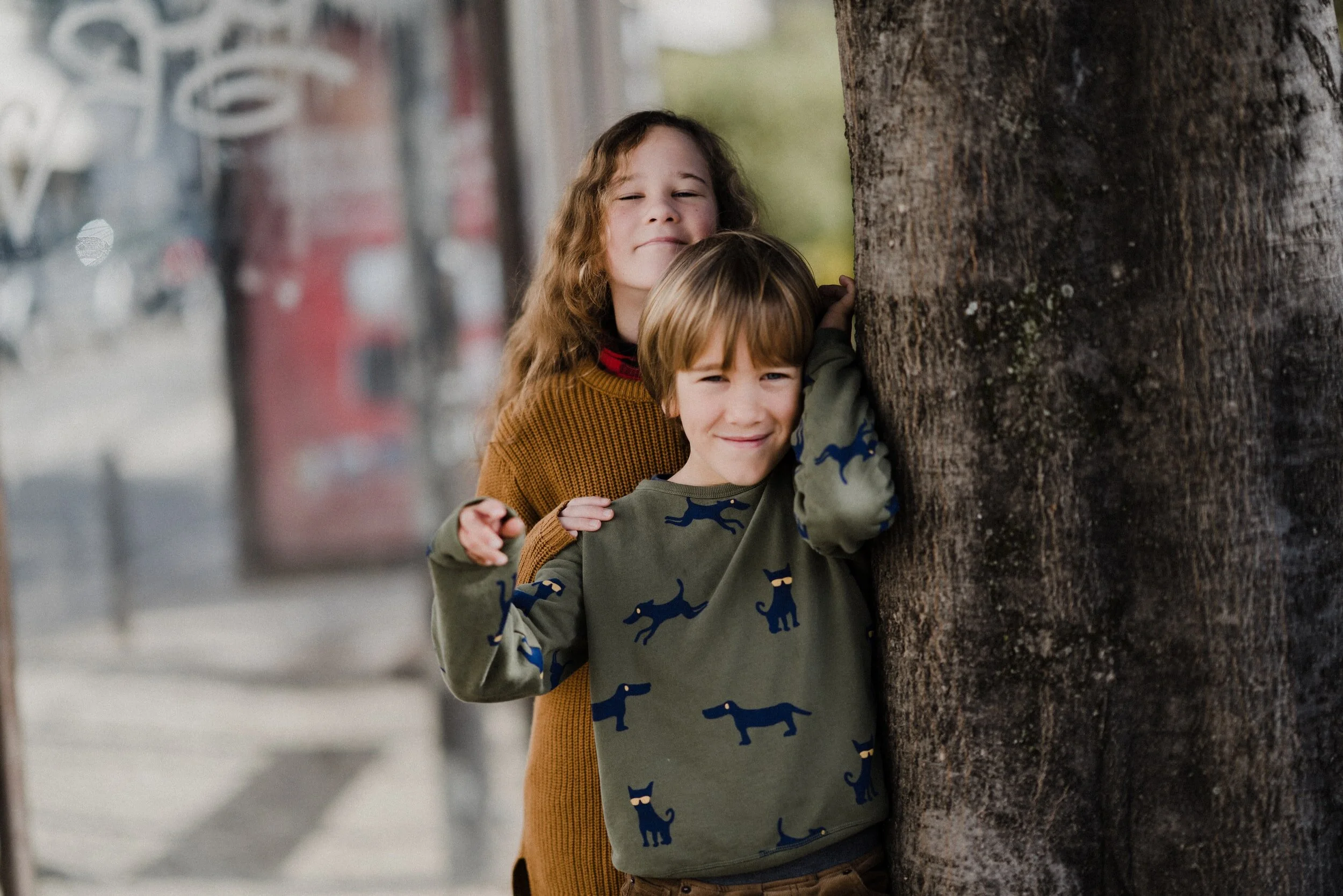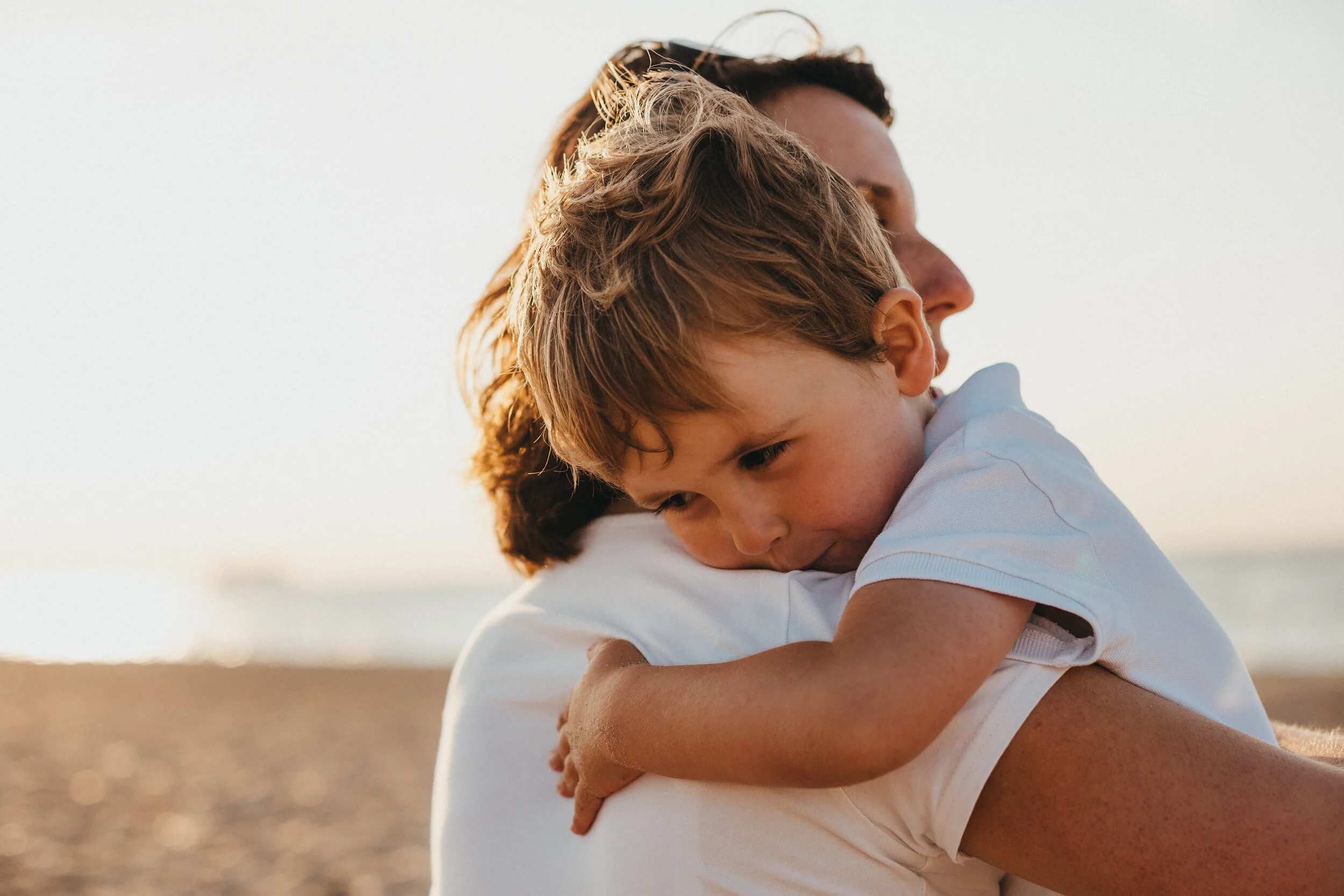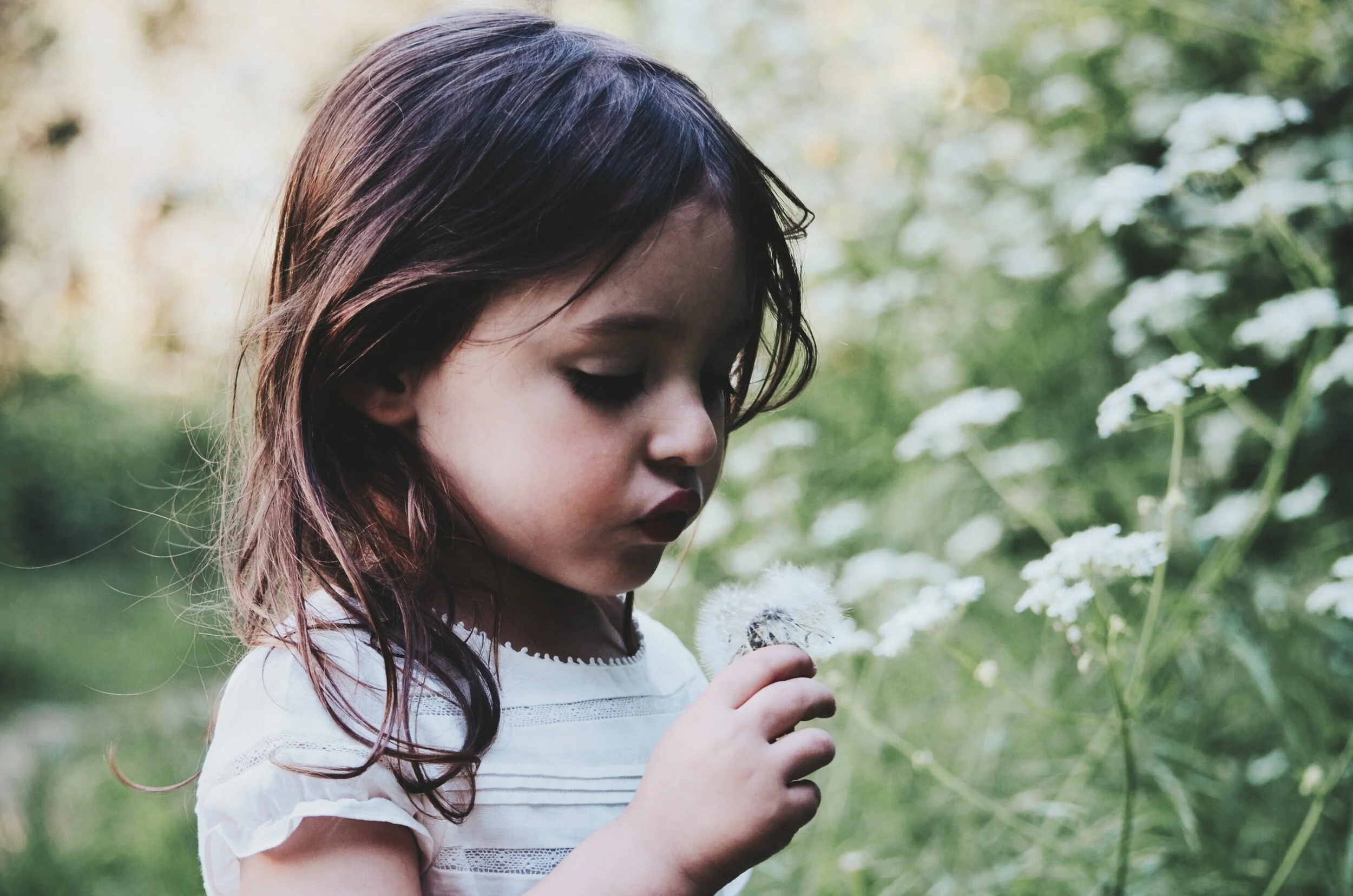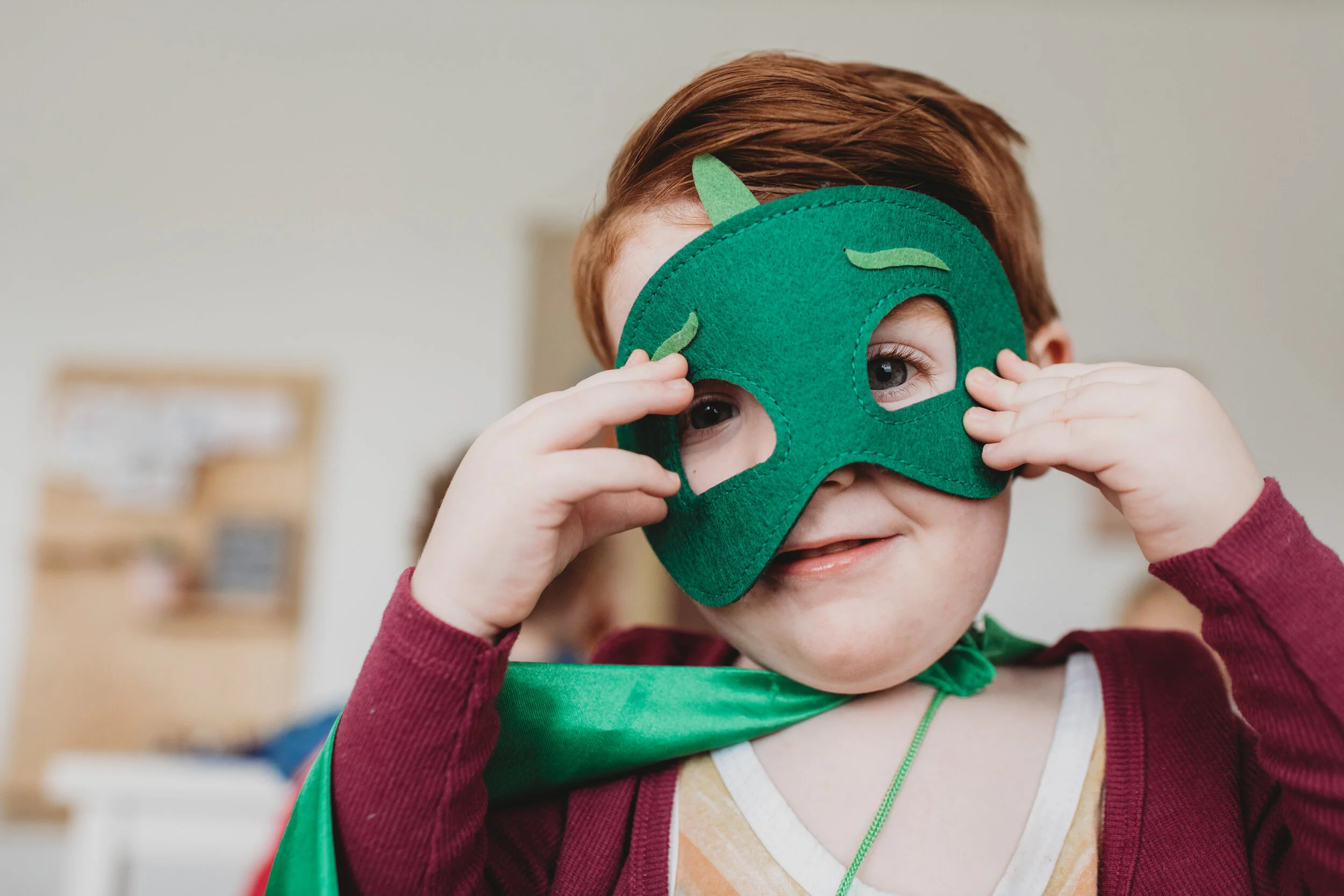Intrusive thoughts are freaky. Like an uninvited guest, they pop up and bother us with ideas or images we wouldn’t want to think about on our own. They can be frightening for kids to experience, because it feels like you’re losing control of your own mind. But they’re also unsettling to hear about as a parent, especially if a child’s thoughts are about something taboo, like death or violence.
The truth is, many intrusive thoughts are about taboo subjects. The more upsetting or off-limits something is to think about, the more likely it is to push back into our consciousness as an intrusive thought. It’s sort of an “opposite day” situation, where the things we find the most unpleasant—things we’d never actually want to do—pop up as thoughts or mental pictures.
Just knowing that other people have these types of thoughts can be reassuring, and a first step toward learning to manage them better. So, in this post, we’re going to go over 5 types of intrusive thoughts children commonly experience.
Content Warning: We’ll discuss specific examples of intrusive thougths in this article, which are often about upsetting or shocking subjects.
What Exactly Are Intrusive Thoughts?
An intrusive thought is any kind of idea, urge, image, or impulse that comes to mind when you don’t want it to be there. They can be about anything, but tend to be about subjects that a person finds upsetting, gross, or wrong. They usually happen repeatedly, and they can cause a lot of distress.
Intrusive thoughts are “ego dystonic”, which is a therapy jargon way of saying that they go against a person’s beliefs or don’t sync up with their personality. They can feel foreign or weird. People who have intrusive thoughts are aware that the thoughts are unusual, but can’t stop them from happening.
Intrusive thoughts are a really common symptom of OCD, which often starts in childhood. They can also happen in kids with anxiety or a history of trauma. However, that doesn’t mean every kid who has an intrusive thought has OCD! Pretty much everybody experiences a thought like this at some point. However, less-anxious people are more able to shrug them off as a weird, random event that doesn’t really mean anything. People with anxiety and OCD are more likely to hold on to these thoughts and worry that they mean something is seriously wrong.
What Are Some Characteristics of Intrusive Thoughts?
Intrusive thoughts stand out from the usual noise our brains make all day. If you’re trying to figure out whether your child is dealing with intrusive thoughts, consider the following list. Intrusive thoughts are unique because they tend to be:
Involuntary: a person doesn’t want to have the intrusive thought, but it happens anyway.
Repetitive: these thoughts tend to come back again and again.
Anxiety-triggering: the thoughts can be annoying at best, and scary at worst.
Out of character: the subject matter is something a person wouldn’t usually think about.
Inappropriate: often, intrusive thoughts have to do with taboo subjects like sex, death, illness, violence, or bad behavior.
Unwanted: the person has no desire to act on the thought, which is part of why it’s so upsetting. However, kids with anxiety or OCD may worry that having the thought means that someday they’ll lose control and act on it anyway—that’s not how these thoughts work.
Once you know what to look for, it gets easier to spot intrusive thoughts when they happen.
What Sorts of Intrusive Thoughts Do Kids Have?
Kids tend to have intrusive thoughts about subjects that society thinks are wrong or impolite to talk about—actually, this is true of adults with intrusive thoughts, too! Themes related to religion, sex, death, illness, or immoral behavior are all common when it comes to intrusive thoughts. Children may imagine themselves doing something they don’t really want to do, or see a mental picture of something they don’t like.
Younger children are still in the process of understanding adult concepts like sex, death, and violence, and their intrusive thoughts can reflect this. Even though the subject matter is the same, a child’s intrusive thoughts may not be the same as an adult’s. You might notice that your child’s thoughts are not realistic or logical. This can help set intrusive thougths casued by anxiety or OCD apart from the flashbacks caused by trauma or PTSD.
Next, let’s take a deeper look at 5 of the most common types of intrusive thoughts kids experience.
Type 1: “What If” Thoughts
OCD loves to make people doubt themselves. These “what if” thoughts often happen as a part of OCD, but they’re also one of the more common types of intrusive thoughts in general. A “what if” thought prompts you to question something you thought you knew for certain.
“What if” thoughts can affect people’s perceptions of their relationships, tasks they’ve completed, or even their own identity. Even if you have a clear memory of yourself doing something, the thought injects the possibility that maybe you actually forgot—and something bad might happen as a result.
Some examples of “what if” thoughts children might have include:
A usually responsible child worrying that they somehow forgot to lock the door, and their dog will run away.
A teenager who is secure in their sexual identity wondering if they might unknowingly be gay.
A child who is bothered by thoughts of someone possibly hiding in their bedroom, even after checking under the bed and in the closet.
The hard thing about “what if” thoughts is that reassurance or double-checking only helps for a little while. Eventually, the doubt creeps in again and the cycle starts over.
Type 2: Thoughts About Hurting Self or Others
It can be alarming to hear your child is having repeated thoughts about hurting themselves or somebody else. Just like all other intrusive thoughts, these harm-related thoughts are unwanted and go against the personality of the child. Often, children who have these kinds of intrusive thoughts are described as being particularly kind, empathetic, and gentle.
Of course, any time you hear a child talking about harm, you can’t automatically assume it’s an intrusive thought. You need to rule out other possibilities, like suicidal ideation, which always need to be taken seriously. An intrusive thought—rather than an actual urge—might look something like:
A child who has images pop into mind of pushing a sibling down the stairs, even though they’d never do something like that in real life.
A usually kind child has thoughts about stabbing people that are so frightening they avoid being around knives or sharp objects.
A teenager complains of fleeting thoughts about jumping in front of a train or running into traffic that bother him, because he really doesn’t want to die.
In all these examples, the thoughts are causing a lot of distress. Kids with this kind of intrusive thought don’t want to be thinking about violence, and may take great lengths to avoid being in situations they worry could be unsafe.
Type 3: Thoughts About Doing Something Embarrassing, Unkind or Illegal
Similar to thoughts about harm, this variety of intrusive thought is based on a fear that a child might somehow “lose control” and do something that’s socially unacceptable. Many people experience a stray thought like this, and shrug it off knowing they’d never act on it.
When children have these thoughts, they may not be so easy to shrug off. These taboo behaviors flash into a child’s mind, which makes them worry that some part of them really wants to do that bad thing. They put a lot of meaning into the experience, which leads to more anxiety.
Examples of this type of intrusive thought include:
A child having thoughts about saying something inappropriate in a public place, like yelling “fire” in a movie theater or “bomb” in an airport.
A student having bothersome thoughts while at school of saying insulting things to a classmate.
A child who worries that their thoughts about shoplifting mean that they actually want to steal something.
When a child is truly having an intrusive thought, it’s extremely unlikely that they’ll ever act on it. Thinking and doing are very different things! However, the fear of possibly losing control can be very powerful, and get in the way of a child’s day-to-day life.
Type 4: Sexual Intrusive Thoughts
Even though they are common, this category of intrusive thought can cause a lot of shame and distress for kids. It can be hard enough to talk about the birds and the bees under normal circumstances, and even harder when you’re having your day interrupted by thoughts or images of upsetting sexual situations.
Because they are so taboo, children experiencing these types of thoughts may choose to keep them a secret. Even if children are open about most worries, they may fear that hearing about sexual thoughts will change a parent or therapist’s opinion of them. It can be a relief for children to know they’re not alone with these thoughts and to hear about examples of common intrusive thoughts. Some common worries in this category are:
Worries about losing control and groping or sexually abusing someone.
Unwanted thoughts that include family members, animals, or children.
Fears related to unintentionally getting pregnant or getting someone else pregnant, even when this may not be logical.
There’s nothing pleasurable about these kinds of thoughts. Instead, kids experience feelings of shock, disgust, shame, and fear. Just like kids who have thoughts about harm, children with sexual intrusive thoughts may worry that having the thought means some part of them must want to act on it, and may avoid certain people, places, or activities as a result.
In reality, kids suffering from these types of intrusive thoughts are not violent or bad people: they’re just normal kids experiencing a bothersome mental heath symptom. It isn’t a reflection on their personality or character.
Type 5: Thoughts About Illness, Contamination, or Germs
Most of us have been worried about getting sick at one time or another. Health anxiety is really common, especially in the wake of the recent pandemic. Kids who struggle with intrusive thoughts may worry about sickness, too. They may worry about catching a disease, picking up germs, or spreading illness to other people. But there are some differences between their intrusive thoughts and regular health anxiety.
The thoughts children have about illness, contamination, and germs may be illogical or extreme. They may worry about catching germs from things that aren’t usually considered dirty, or about getting sick with a disease they’re highly unlikely to get. They may also worry about touching, breathing, or eating something that has somehow been contaminated. Some common fears for children with this type of intrusive thought are:
Repeated fears that their food, drink, or utensils have been poisoned or contaminated by a chemical or cleaning supply.
Fears that common objects or surfaces may have had germs on them.
Thoughts about getting sick and dying from a disease such as cancer or AIDS.
Worries about unintentionally spreading germs or serious disease to loved ones.
Children with these thoughts may avoid touching items with their bare hands, only eat “safe” foods or use “safe” utensils, or repeatedly wash their hands in an effort to avoid transmitting disease. These behaviors go above and beyond the hygiene we’d expect to see in a Covid-conscious kid, and interfere with day-to-day life.
Get Help for Kids with Intrusive Thoughts
As upsetting as they may be, intrusive thoughts are normal and common. Kids dealing with these types of worries are not alone! Sometimes, just knowing this can help soothe children’s anxiety about intrusive thoughts. When children accept these thoughts for what they are—random brain hiccups—it’s easier to just let them pass by without trying to push them down. Over time, this can help the thoughts to happen less and less often.
Other kids will need more support in dealing with their thoughts. This is especially true if the thoughts are accompanied by an urgent need to do something again and again, like washing hands or asking a parent if everything is okay. Kids whose intrusive thoughts begin after a traumatic event should also get support to help them recover.
Exposure and Response Prevention is the most effective tool therapists have to help children with compulsive thoughts and behaviors get their lives back. TF-CBT can help kids and their parents learn skills to cope with trauma symptoms and move forward in life without feeling overwhelmed by flashbacks or memories.
I offer both these therapies in my child counseling practice. I’m based in the Charlotte, NC area, but also work with kids online throughout the states of North Carolina, New York, and Florida. If you’re interested in starting therapy for intrusive thoughts, contact me here.
If you’d like to learn more about intrusive thoughts, check out my other blog posts on the subject:
Intrusive Thoughts in Children, Explained
How to Help a Child with Intrusive Thoughts
Signs of OCD in Children: What Parents Can Look For

